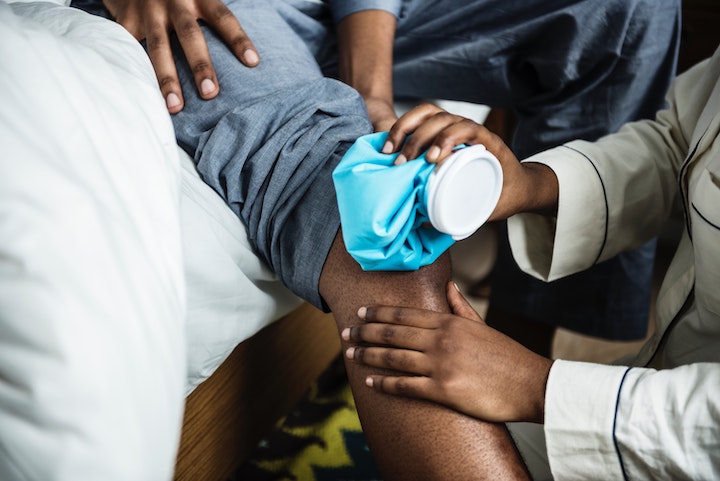Table Of Contents
After a long hike or heavy exercise, it’s normal to feel a slight ache in your legs. But if this ache persists for days, or if it comes and goes with little or no exercise setting it off, there is a chance you may be suffering from vein disease.
What is Vein Disease?
Vein disease is a general term that emcompasses many different ailments related to the legs. Vein disease usually results from blood circulating through the legs not properly returning to the heart, which sometimes causes discomfort, discoloration, and pain.
Varicose veins and spider veins are among the most common forms of vein disease, though many others, such as pulmonary embolism, deep vein thrombosis, and chronic venous insufficiency (CVI) are all also considered to fall under the term “vein disease.”
Am I at Risk for Vein Disease?
Like most diseases, the key to effective treatment is early detection. One of the best ways to determine whether or not you are at risk for vein disease is by examining common risk factors. For example, the older a person is, the more prone they are to vein disease, especially once they reach 50. Additionally, biological women are more likely than biological men to develop vein disease; this risk increases if they become pregnant, with the risk increasing further if they become pregnant more than once.
Profession can also play a role, as those who work in careers that require prolonged periods of standing or sitting are also at an increased risk of developing vein disease. Weight is a factor, as obesity can be directly linked to vein disease. Smoking has also been shown to play a role in the development of vein disease. Finally, those with a family history of vein disease are more likely to develop it themselves.
What are the Symptoms of Vein Disease?
If you fall into one of these high-risk groups, or even if you do not but still suspect you might have vein disease, the next step is identifying your symptoms. Symptoms change from person to person, but in broad terms, there are several key symptoms to look out for before determining if you have vein disease.
To begin, there are some visual indicators. Skin discoloration is a big one – if left untreated, vein disease can cause small blood vessels in your legs called capillaries to burst, turning your skin an unpleasant red-brown color. The consequences of this happening are worse than just discoloration; the bursting capillaries can lead to swelling, which in turn leads to ulcers. Similarly, people with vein disease report a leathery feeling to their skin, another element to watch out for.
An additional visual sign is the ability to see the veins themselves. If you can see enlarged, winding veins close to the surface of the skin, there is a chance you have vein disease.
Non-visual indicators rely on how the legs feel. Legs that feel heavy, frequently fatigued, swollen, itchy, or generally uncomfortable are more than likely suffering from the effects of vein disease. Restlessness is also a side effect of vein disease.
What are the Treatment Options for Vein Disease?
Luckily, many of the symptoms and roots of vein disease are treatable, especially when caught early. Endovenous Thermal Ablation is one potential treatment option, which is a minimally invasive treatment that can be performed in under an hour. This procedure has a high success rate – patients are able to stand immediately after the procedure, and most people who undertake this form of treatment are able to return to work the following day.
Another potential treatment is Foam Sclerotherapy, which uses a combination of a liquid or “foamed” sclerosant and ultrasound technology to allow a doctor to monitor vein treatment, which improves the ability to treat veins not visible from the surface.
Finally, some behavioral changes can be implemented into your daily life to stave off the further development of vein disease.
While this might be a good background on the various types of treatment option, the only true way to know which treatment is best for you is by getting a professional opinion. To help assist in this process, we’ve developed an online consultation service that will help direct you to the procedure you need, completely free of charge. For your free consultation or just to find out more, click the link here.

